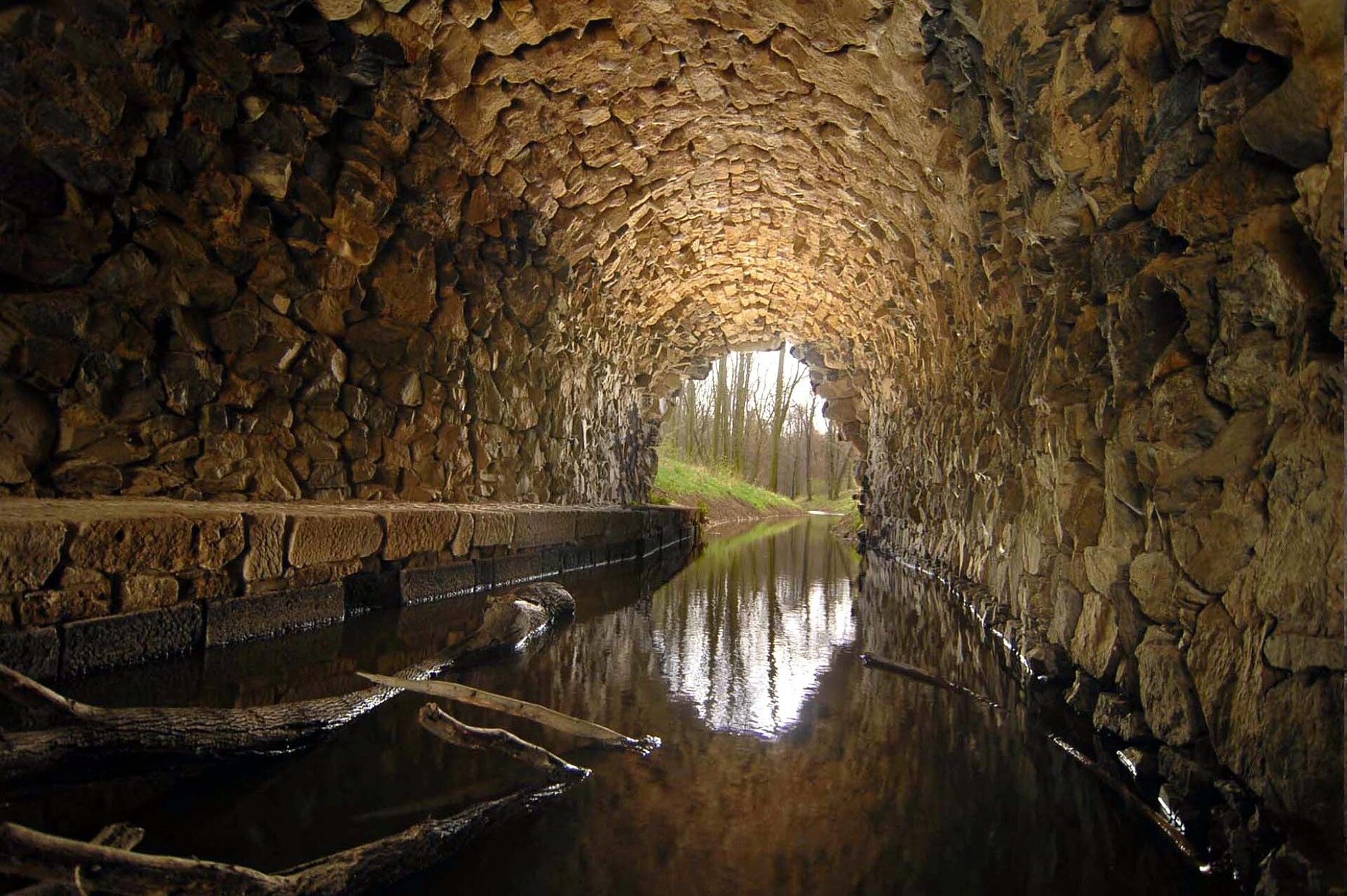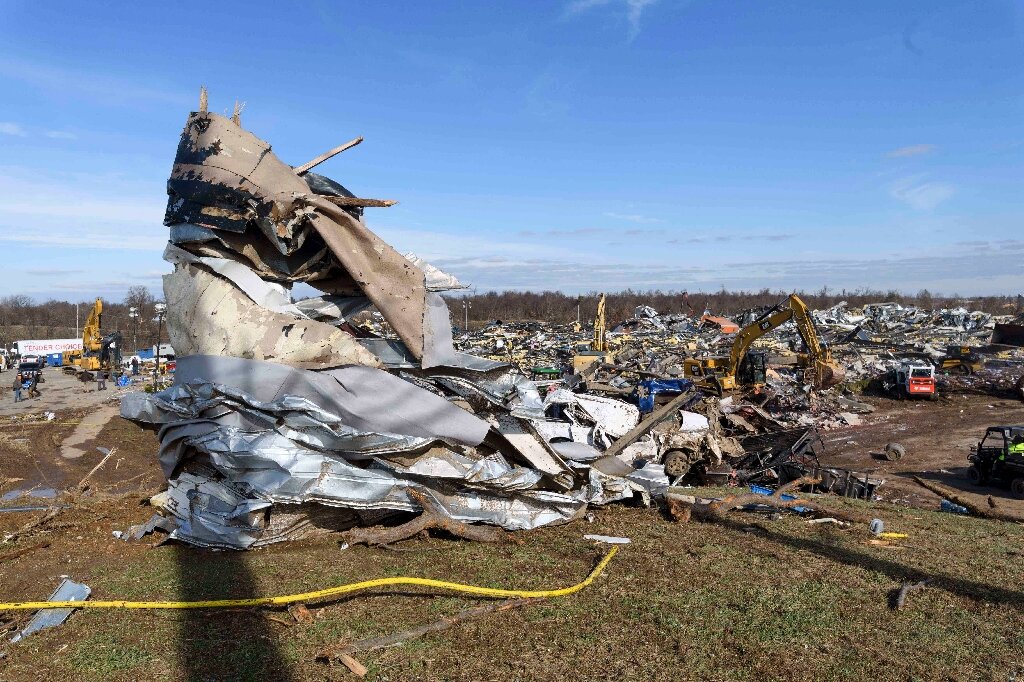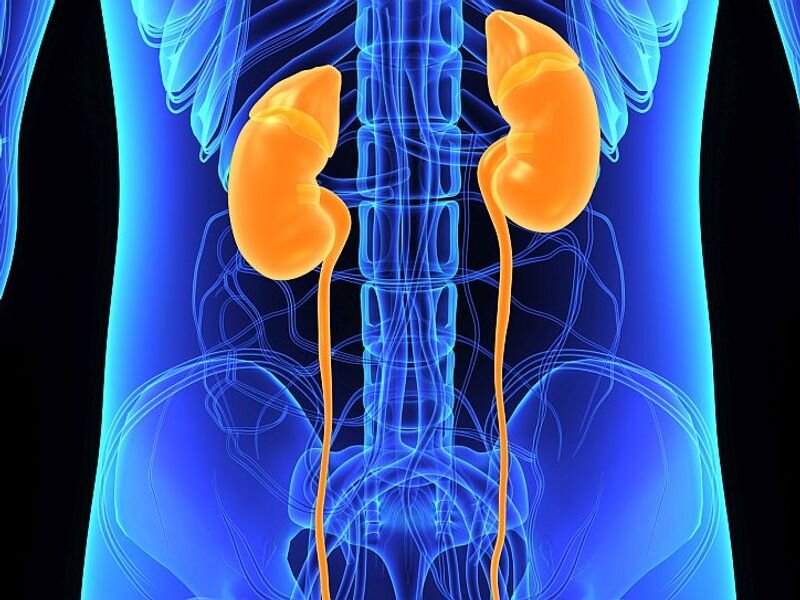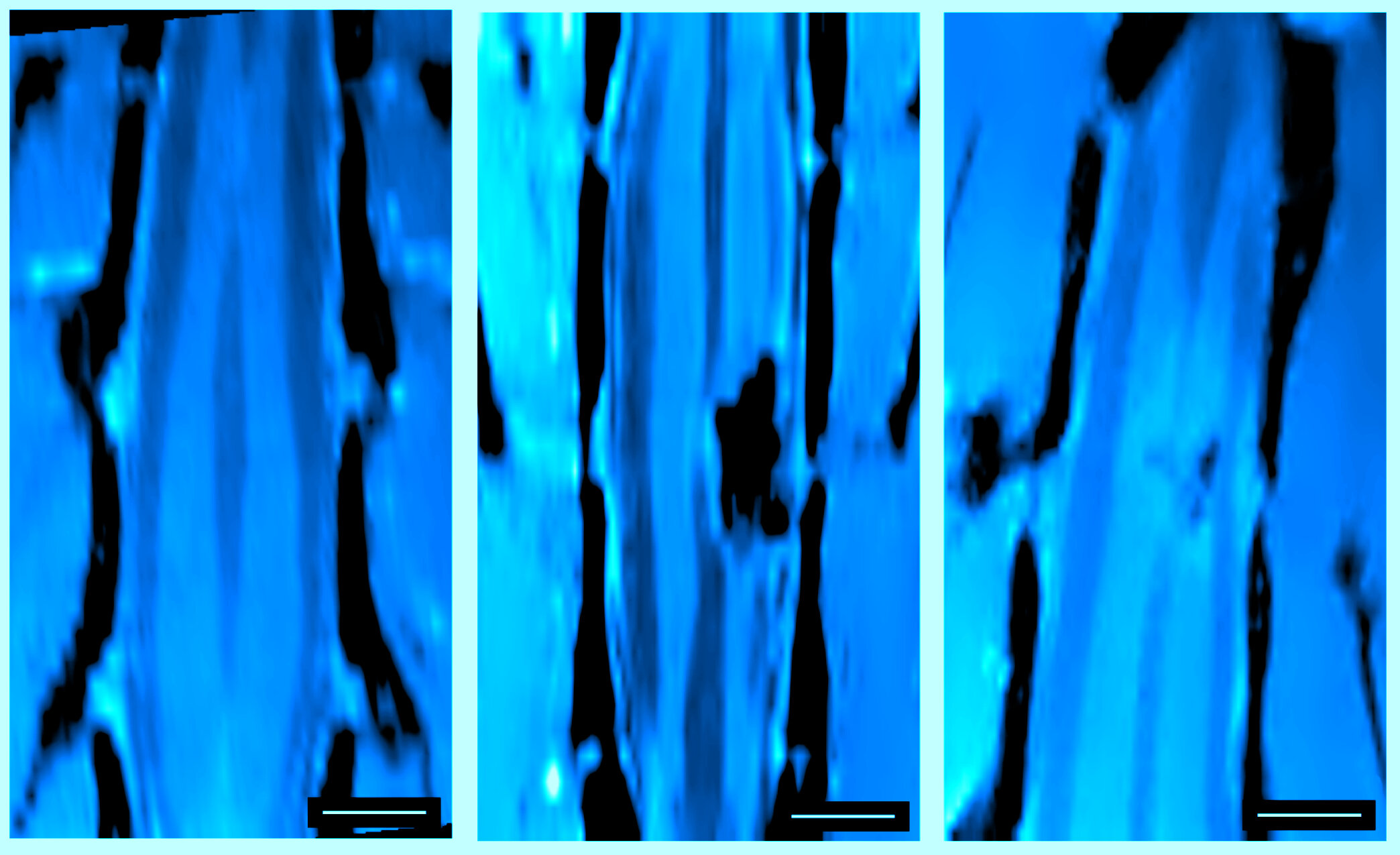#Tijuana sewage pounded South Bay beaches last year. EPA says help is on the way

“#Tijuana sewage pounded South Bay beaches last year. EPA says help is on the way”

When a storm pummeled the San Diego-Tijuana region two weeks ago, hundreds of millions of gallons of water laced with raw sewage, trash and industrial chemicals flowed over the border shuttering beaches as far north as Coronado.
The shoreline stink and closures came as no surprise to residents of Imperial Beach—a city where swimming was strictly prohibited at its main oceanfront for nearly half of 2020. The waterfront to the south along Border Field State Park was closed last year for 295 days.
The South Bay shoreline was partially opened after the recent rains, only to be abruptly closed again on Wednesday, as polluted water continued to leak out of Tijuana into the Pacific Ocean.
The problem is hardly new. For decades, Tijuana’s wastewater system has been overwhelmed by the city’s fast-expanding population. Thousands of homes, including makeshift villages along the border, have no plumbing and discharge feces, urine and trash directly into creeks and canyons that flow toward the border whenever it rains.
“I’m someone who’s been dealing with this since the 1970s, and it’s way worse than it’s ever been,” said Imperial Beach Mayor Serge Dedina. “The stench is astronomical, so you feel sick just being near the water. It’s brown and polluted all the time.”
Still, a fix could be on the way for San Diegans. The U.S. Environmental Protection Agency has secured roughly $300 million under a 2019 trade agreement with Mexico and Canada. Much of the money appears to be slated for water-quality projects along the border in San Diego.
Baja officials, meanwhile, said they’re making headway on a long-awaited water recycling plant in collaboration with an Israeli company, ODIS Asversa. And Mexico has reportedly upgraded many of its aging sewer pipes and beefed up a pump that sucks water out of the Tijuana River.
Baja officials also said efforts are underway to replace a crumbling wastewater treatment plant called San Antonio de los Buenos. The more than 30-year-old facility, located about six miles south of the border along the coast at Punta Bandera, is in such disrepair it regularly discharges untreated sewage directly into the ocean.
“As a matter of fact, today I came from the groundbreaking of the Punta Bandera wastewater treatment plant, the new one that we’re going to build from scratch,” Rigo Laborín, Baja California’s top water official and former head of Tijuana’s public utility, CESPT, told The San Diego Union-Tribune last week. “This could not be any fresher.”
EPA officials expressed cautious optimism about the new wastewater facilities, but they could not confirm an exact timeline for the construction. They confirmed that Mexico has upgraded its pumping system on the river and many of its sewer pipes.
In the 1970s, a binational effort lined the Tijuana River with concrete to create a flood-control channel from the border several miles into Mexico.
The river would be much lower during the dry season, except that two major wastewater plants, La Morita and Arturo Herrera, continually dump treated water into the channel. That water collects sediment, trash, sewage and more as it flows north.
In the last decade, Mexico has also lined one of the river’s main tributaries, the Alamar River, which contributes additional wet-weather flows as well as water discharged from the Tecate Brewery to the east.
To prevent this water from constantly emptying into the Tijuana River Valley in San Diego, a diversion system was installed in the channel south of the border in 1991. The pumping facility attempts to vacuum up flows that can include everything from old jeans and plastic bottles to dead bodies.
However, the pump is often turned off when flows in the river exceed the system’s capacity. Officials have said that higher flows routinely carry large amounts of grit and sediment that can overtax the equipment.
The International Boundary and Water Commission, the federal agency tasked with monitoring cross-border flows, did not respond to questions as to why the pump system in the channel has been so frequently shut off.
Officials in San Diego have a host of theories on the subject, from unreported technical failures to efforts by CESPT to avoid the cost of powering the pumping system.
David Gibson, the executive officer of the San Diego Regional Water Quality Control Board, said he’s not sure why the pumps don’t run more regularly.
“That’s a very good question to which we’ve rarely gotten a straight answer,” he said. “CEPST has frequently complained to EPA about the cost of electricity.
“It’s really hard to develop a culture of trust when you don’t have day-to-day information” from Mexico, he added.
Public utility officials in Baja have denied any wrongdoing, insisting that elevated flows in the river can take weeks to subside after a rainstorm, as water from the mountains slowly winds its way to the sea. They’ve also said that recent upgrades to the pumping system have increased its overall capacity and should reduce clogging at the intake going forward.
Upgrades to the diversion system were delayed by the pandemic but have since been completed, Laborín said. “This flu came up, so we were like three months late, but we fixed it.”
Pressure to address the pollution has ratcheted up since 2017, when a major sewer pipe cracked and raw effluent emptied into the river, causing the worst spill in years.
Imperial Beach sued the federal government for Clean Water Act violations and many local governments and agencies piled on, including California Attorney General Xavier Becerra.
In 2019, then-San Diego Mayor Kevin Faulconer got more involved. That summer the EPA held a meeting in Coronado, unveiling about $200 million in prospective projects, including increasing the capacity of the diversion system on the river. Federal officials said beach closures could potentially be reduced to a few dozen days a year.
Faulconer nearly jumped out of his seat at the meeting when he heard the relatively modest price tag, exclaiming: “In the big scheme, when we’re talking national budgets on the U.S. side and Mexico side, I didn’t see numbers that scared me away.”
By December, San Diego’s congressional delegation—led by Rep. Mike Levin, D-Calif.—had secured a cash injection of $300 million to address water issues along the border under the United States-Mexico-Canada trade agreement.
Until recently, it was unclear how much of that money would go toward addressing pollution in the Tijuana River Valley. However, EPA officials confirmed to the Union-Tribune on Tuesday that the agency intends to spend nearly all of that funding on efforts to stem the flow of cross-border pollution into San Diego.
“We have a lot of work to do, but I think, we’ll make huge progress on it this year and hopefully accelerate this in a way that enables us to move toward design and construction in 2022,” said Dave Smith, water division manager for EPA’s Region 9.
In coming months, the agency plans to start an environmental review process for a suite of projects, most notably building a second diversion pump in the channel, which would be located just north of the border. Officials in San Diego have backed building the new pumping system in the U.S. since the EPA meeting in 2019.
There’s been a significant amount of political turnover in the region since then, but newly elected politicians seem as determined as ever to see the process through. The county Board of Supervisors, for example, approved a resolution on Tuesday declaring the issue a public health crisis.
“The Tijuana River watershed is the most polluted watershed in our country,” Supervisor Nora Vargas said at the public hearing. “Our frontline communities cannot afford to wait any longer.”
San Diego Mayor Todd Gloria also issued full-throated support, saying: “My administration will work with local, state, federal, and international partners to press aggressively for a comprehensive solution that will improve both environment quality and public health.”
While much of the cross-border pollution comes through the main channel of the Tijuana River, more than a third of toxic flows that occur during a typical rainstorm seep over the border through canyons west of the river, such as Smuggler’s Gulch and Goat Canyon.
Following a recent rainstorm in Tijuana’s Los Laureles canyon, volunteers shin-deep in feces and mud sifted through a tsunami of trash that collected in a concrete flood channel.
Homes in the area have little if any access to plumbing and regularly empty wastewater and trash into the canal. When it rains, polluted stormwater flows downhill into their neighborhood, just about a mile south of the U.S. border.
“You need something to drink?” a family member yelled down to one of the workers from a house atop the drainage channel.
“No thanks, my love, I’m fine,” Maria del Pilar Marquez Gomez called back.
The 37-year-old said she’s lived in the neighborhood with her husband and six children for about 20 years. Her oldest daughter is 22, and her youngest just turned 8.
“We need to make this area a little bit healthier,” Marquez Gomez said. “If not just for the neighbors, for the kids and future generations.”
The Imperial Beach-based nonprofit Wildcoast is helping Marquez Gomez and other residents collect trash in the flood channel with a recently installed containment barrier called a brute boom. The idea is to capture and dispose of old tires, plastic bottles and other trash, which can frequently make its way across the border.
EPA will also be looking at expanding a series of capture basins where the canyons drain into the U.S. The facilities were upgraded in 2010 as part of the border-fence project, but flows have continued to routinely overrun the system’s capacity.
A dispute between airport officials and neighbors in the Lomas Taurinas neighborhood just south of the Tijuana airport intensified. Neighbors insist the water that flows south from the United States under the Tijuana airport and into their neighborhood is contaminated, while airport officials say it is only rainwater flowing from north of the border.
Expanding that infrastructure won’t help those living in the sprawling villages, known as colonias, which have popped up along the border. It could, however, make a difference for Border Patrol agents working in the area. The National Border Patrol Council Local 1613, which represents agents in San Diego, has long raised concerns about the health effects of its members chasing down border crossers in the toxic, bacteria-filled mud.
When it rains, human smugglers encourage migrants to try cross into the United States through the storm drains that run under the border infrastructure, knowing the grates will be open in several culverts to allow debris to flow through. In January, one person died and seven others were injured in a rain-flooded storm drain system in San Ysidro. The migrants from Mexico became stuck in the flooded culvert just east of the U.S.-Mexico border crossing, authorities said.
Border Patrol agents say the activity exposes them and other emergency responders, as well as the migrants, to toxic sewer sludge. They also risk drowning by unpredictable and fast-moving storm water when it rains, according to Agent Jarrett Decker, a public affairs officer.
Agents who work in the area have reported skin rashes, chemical burns, respiratory problems, nausea and flesh-eating bacteria. The toxic runoff can eat through an agent’s boots, and then seep into their socks, causing chemical burns on their feet, agents said.
Similar to the border agents, families in Los Laureles canyon say they suffer from headaches, skin rashes and mouth sores as well. Marquez Gomez believes the symptoms could be caused by living next to the trash and pollution that floods through her Rancho los Flores colonia when it rains.
“This is nothing. You should see it later in the year. It will fill up all the way to the top,” she said, referring to the waist-high piles of trash in the roughly 20-foot concrete channel.
Toxic runoff from Tijuana River invades Imperial Beach
2021 The San Diego Union-Tribune.
Distributed by Tribune Content Agency, LLC.
Citation:
Tijuana sewage pounded South Bay beaches last year. EPA says help is on the way (2021, February 16)
retrieved 16 February 2021
from https://phys.org/news/2021-02-tijuana-sewage-pounded-south-bay.html
This document is subject to copyright. Apart from any fair dealing for the purpose of private study or research, no
part may be reproduced without the written permission. The content is provided for information purposes only.
If you liked the article, do not forget to share it with your friends. Follow us on Google News too, click on the star and choose us from your favorites.
For forums sites go to Forum.BuradaBiliyorum.Com
If you want to read more Like this articles, you can visit our Science category.




